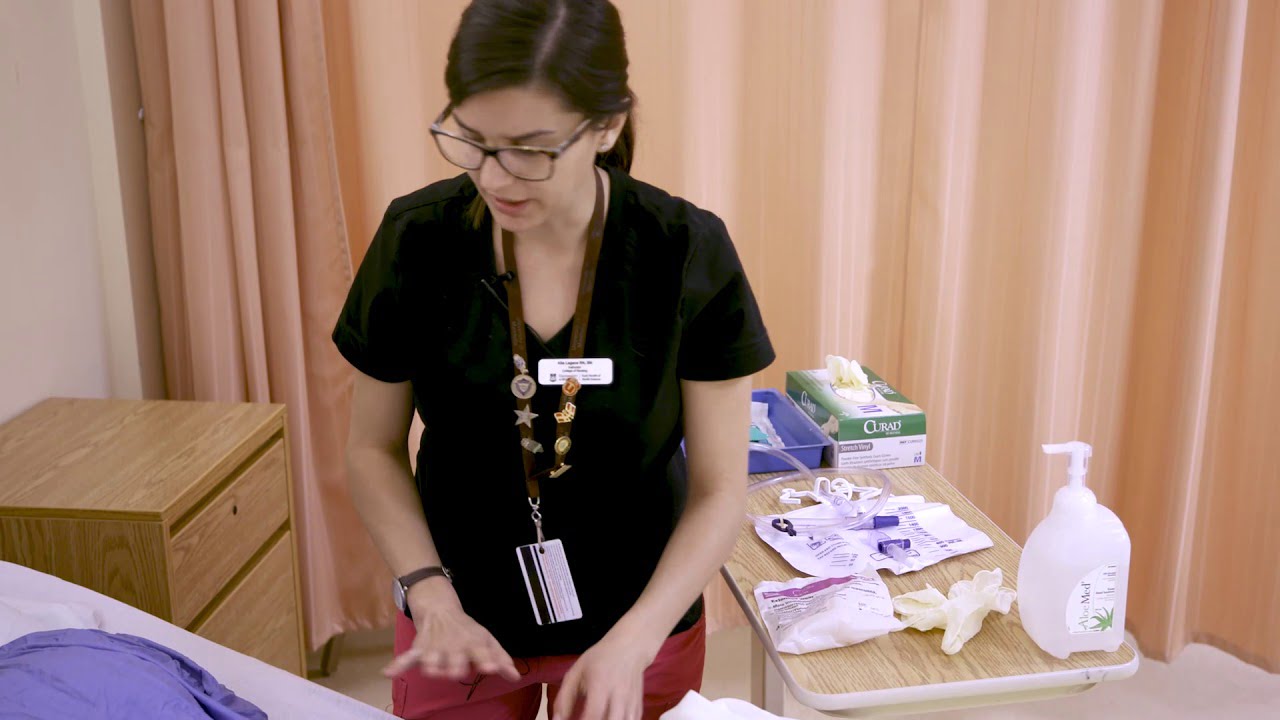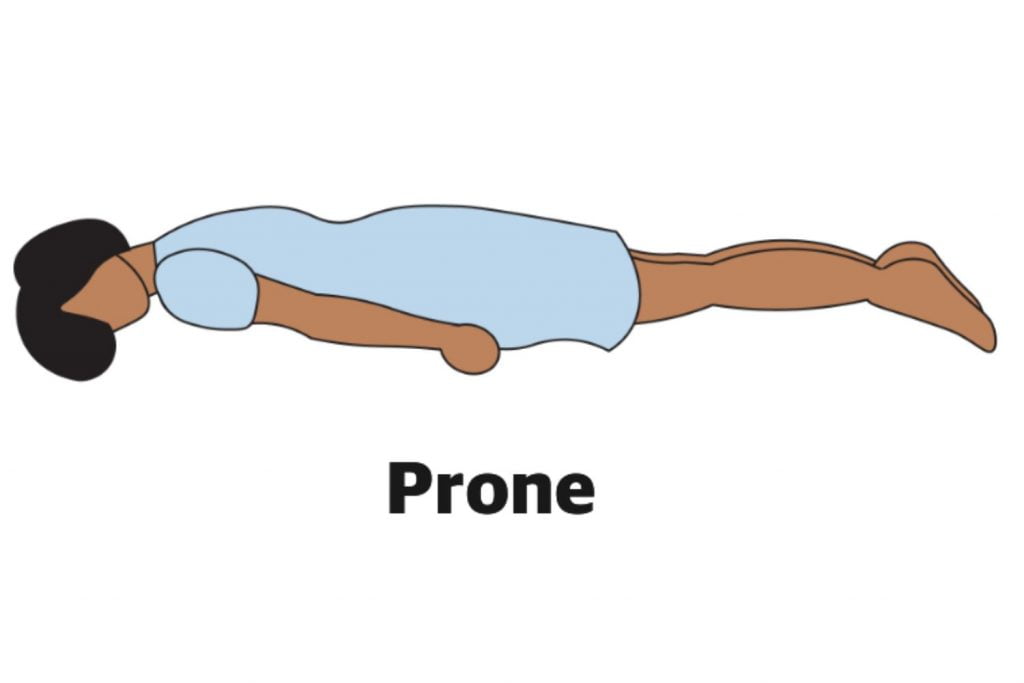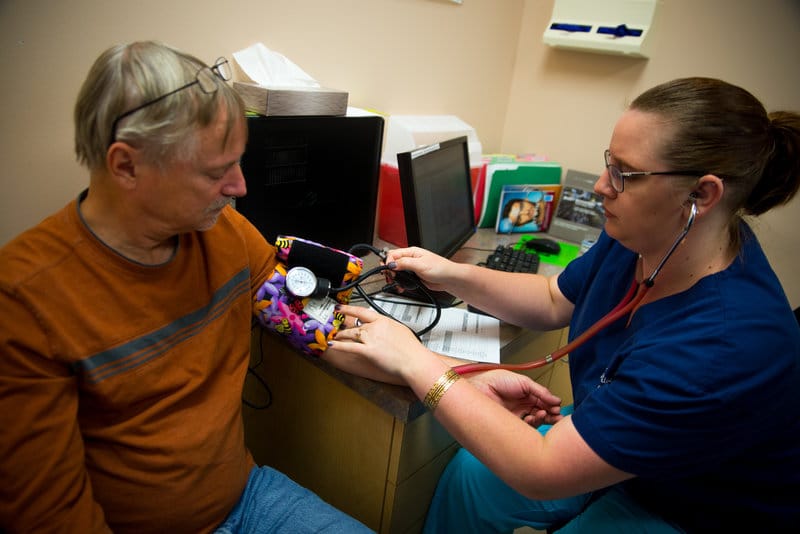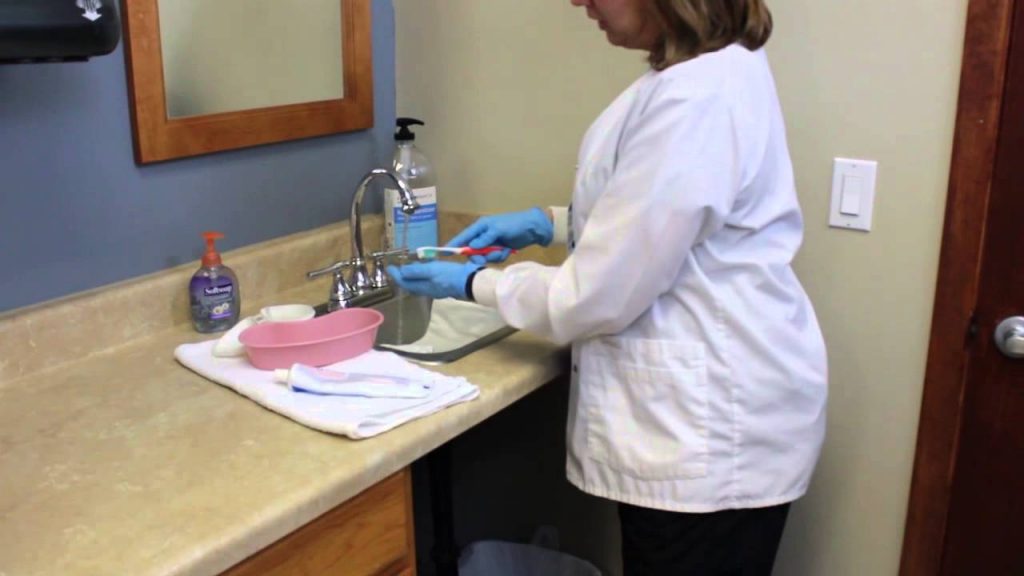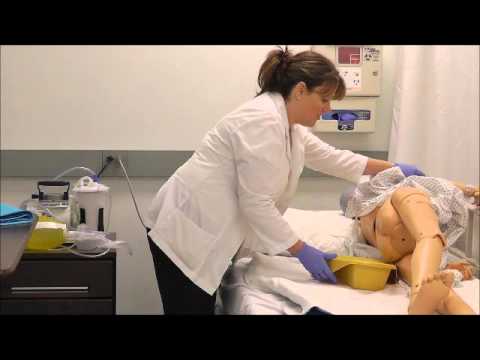Written by Amanda R. McDaniel, MS, BSN, RN
Amanda is a BSN/RN with a MS in Physiology and a BA in English. She worked as a medical writer in the pharmaceutical industry for 11 years before pursuing a career in nursing. She now works as a nurse on a NeuroTelemetry unit and continues to write and edit on a freelance basis. Amanda’s LinkedIn
Condom catheters are used for men who are incontinent. These catheters are external and are meant to be used short-term and changed daily.
- Gather your supplies:
- Gloves
- Washcloth, soap, and basin or disposable bath wipes
- Towels
- Absorbent pad
- Condom catheter of appropriate size
- Elastic tape or benzoin swabs (if needed)
- Drainage or leg bag
- Ensure resident privacy by closing the door or curtain.
- Perform hand hygiene and don gloves.
- Arrange your supplies within easy reach. A bedside table covered in a towel is often most convenient.
- Raise the bed to a comfortable working height and help the resident to a supine position. The head of the bed can be at the angle most comfortable for the resident. Lower the side rail near you.
- Fold back the top linens to provide access to the groin. Offer a blanket to cover the resident’s upper body.
- Place the absorbent pad under the resident’s buttocks. If the resident is unable to assist by lifting their buttocks, logroll him.
- Perform perineal care with washcloths, soap, and the warm water from the basin or with bath wipes. Pat dry.
- Inspect the penis for signs of skin breakdown.
- If the manufacturer’s instructions call for it, swab the penis with benzoin or other skin prep solution. Swab from the tip to the base of the penis.
- If the resident is uncircumcised, make sure that the foreskin is in its normal position.
- Hold the penis in one hand. With the other, roll the condom catheter onto the penis. There should be 1 to 2 inches of space between the penis and the end of the condom.
- Secure the catheter in place:
- If the catheter is self-adhering or a prep solution such as benzoin has been used, press the condom to the penis.
- If the catheter is secured with elastic tape, attach the tape in a spiral around the penis. The ends of the tape should not touch. Use only the elastic tape that comes with the condom. Never use non-elastic tape.
- Ensure that the condom is not twisted.
- Attach the condom to the drainage tubing. There should be no dependent loops in the tubing leading to the drainage or leg bag.
- Remove the absorbent pad, raise the side rail, and lower the bed back to the lowest position. Arrange bedding so the resident is comfortable.
- Discard and clean supplies, remove gloves and perform hand hygiene.
- Document the procedure per institution or unit policy. Inform the nurse of any skin irritation per policy.
References
S. A. Sorrentino, & L. N. Remmert. (2012). Urinary elimination. In Mosby’s textbook for nursing assistants (8th ed., pp 421-423). St. Louis, MO: Elsevier Mosby.
Elimination. (2014). In A. G. Perry, P. A. Potter, and W. R. Ostendorf (Eds), Clinical nursing skills & techniques (8th ed., pp. 834-835). St. Louis, MO: Mosby Elsevier.


